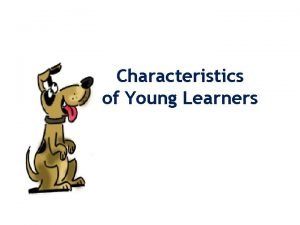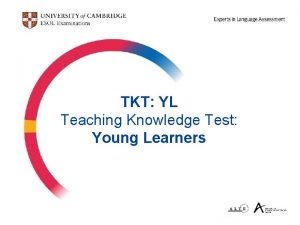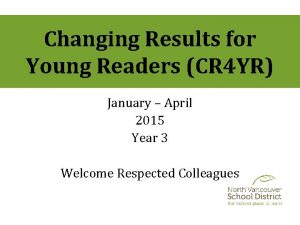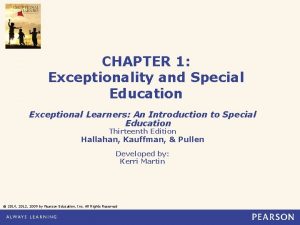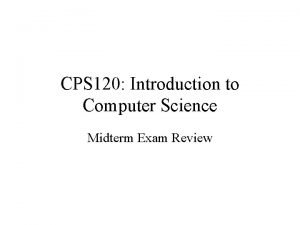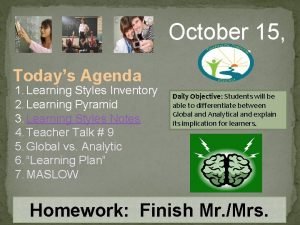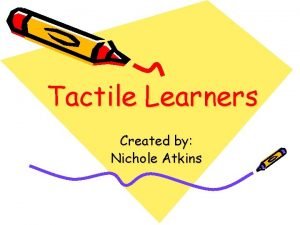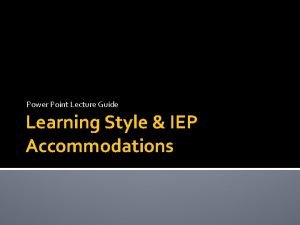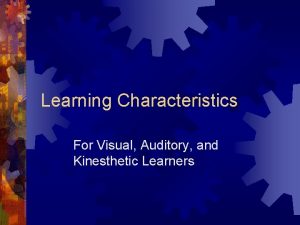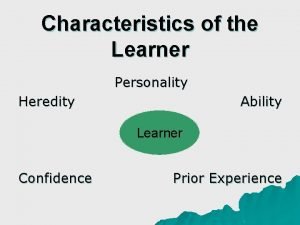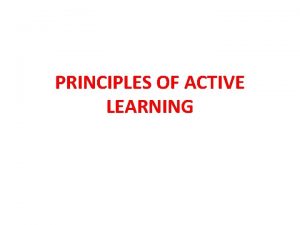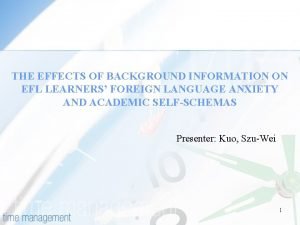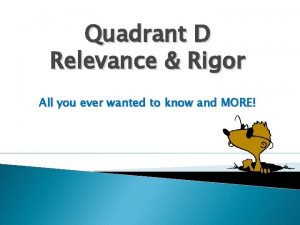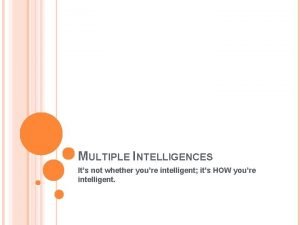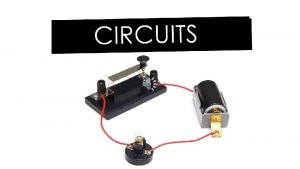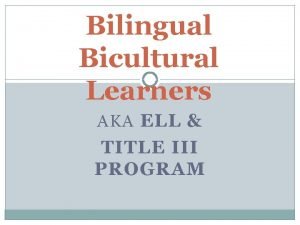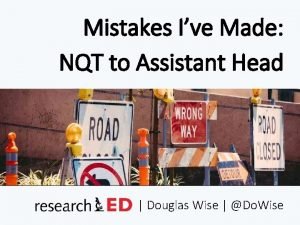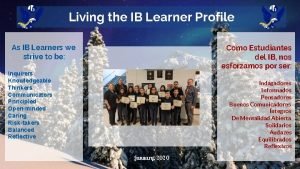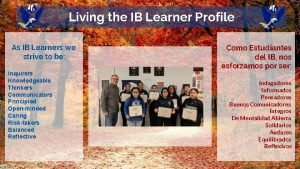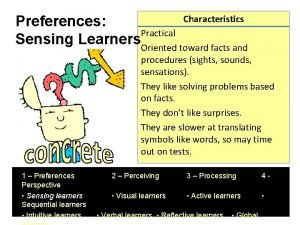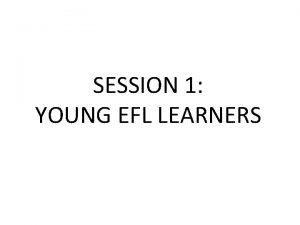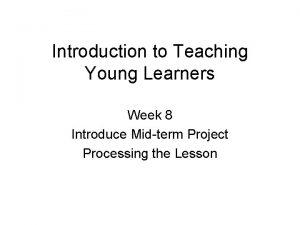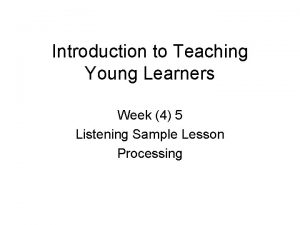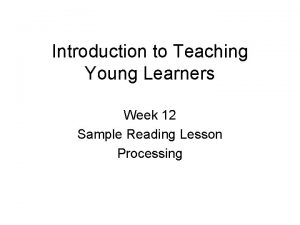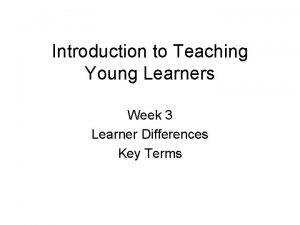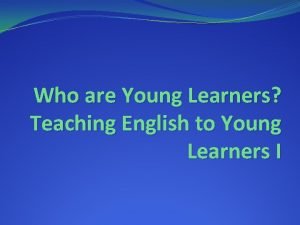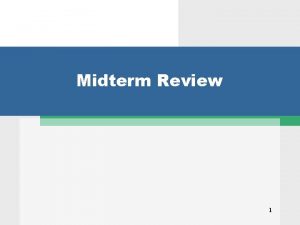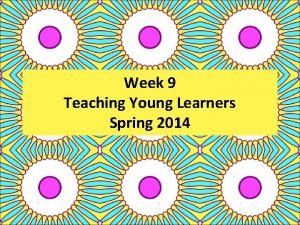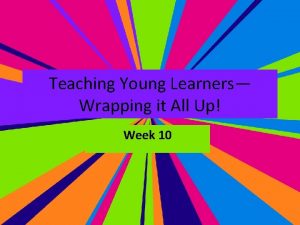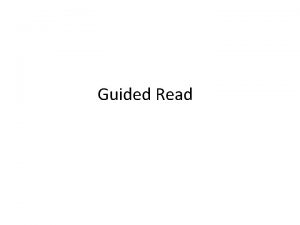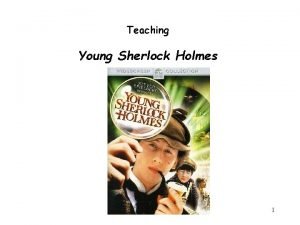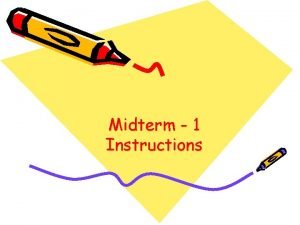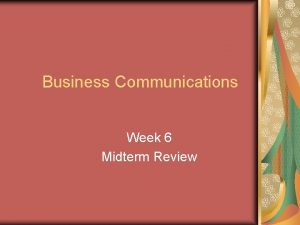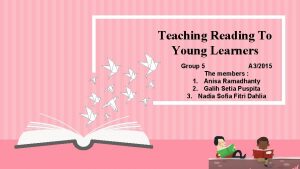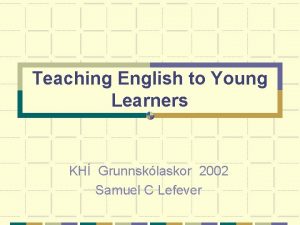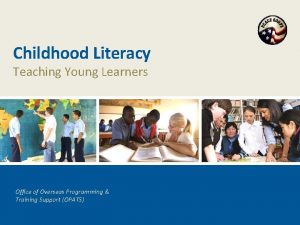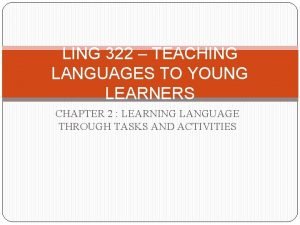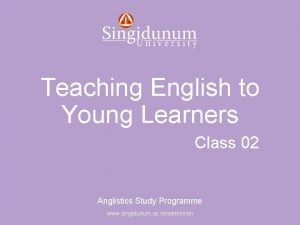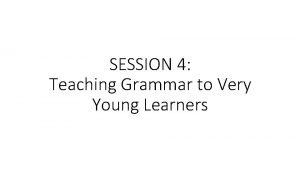Introduction to Teaching Young Learners Week 10 Midterm




































- Slides: 36

Introduction to Teaching Young Learners Week 10 Mid-term Project Due Grellet: Developing Reading Skills

Homework for Next Week • Read answer the question for Teaching Reading and Writing p. 111 Qs, pages 112 -128 reading

Warm-Up • Do you like to read in Korean? Do you often read in your L 2 (English)? • What kind of books or articles have you read? • In the future do you think you might choose to read an article about teaching reading? • What about the teaching or reading do you want to know more about?

What Do You Think? • Stand up • I’m going to read several statements. – If you think it true go – If You think its false go

When using reading comprehension exercises, it’s better to start with general understanding and then move toward detailed understanding.

Simplifying a text often helps students understand it.

Reading is an active, not a passive, skill.

It’s better to use exercises that have a simple direct answer.

Vocabulary • • Skim Scan Inference Straightforward

What inference can you make? • John was running to catch the bus again. It was a morning routine; a routine that didn’t bother John, but drove his mother crazy. What can we say about John?

Task 1 • Who is the author? • What is it about? Answers can be found on pages 2 -3 of handout

Task 2 • Make a list of the author’s main ideas.

Main Ideas • • • What do we read Why do we read How is reading used in relation to other skills Who are you as a reader Provide Ss with whole texts Start with Global understanding Use authentic texts reinforce reading as an active skill provide an assortment of activities

Task 3 • Look at the main ideas • Pick one and summarize it to the others in your group

Task 4 • Answer the guiding questions for the Grellet reading.

Task 5 • What is the author’s purpose? Why did she write it? • How does she assume you are teaching reading?

Task 6 • Journaling: – What do you think about this article? – Do you agree or disagree with the author? Why do you agree or disagree? • Group Discussion – Share what you wrote in your journals with your group

Vocabulary Review • • Skim Scan Inference Straightforward Write about a reading lesson you have taught or will teach in the future and use these four words.

Has Your Opinion Changed? Why or Why Not? • When using reading comprehension exercises, it’s better to start with general understanding and then move toward detailed understanding. • Reading is an active skill, not a passive, skill. • Simplifying a text often helps students understand it. • It’s better to use exercises that have a simple direct answer.

Processing Questions • When did I give the tasks, before or after the reading? Why? • If you want to use authentic texts, should you simplify them? Why or why not? • If you don’t simplify an authentic text, then what can you do to help your Ss understand the text? What can you simplify and how will it help Ss?

Listen to this story: Quit? I’ve known since I was twelve that smokin’ would be the death of me, so if it hasn’t killed me yet, then why should I stop? ” Haven’t you quit smoking?

Processing Questions • Is teacher translation of the text an effective and efficient way to have Ss demonstrate their understanding? Why or why not? • How does this quote relate to the above question: “ Give a man a fish feed him for a day. Teach a man to fish and feed him for a lifetime. ”

Receptive Skills are Active not Passive

Model of the ESL Reader (Coady 1979) Conceptual Abilities Background Knowledge Process Strategies

Background Knowledge • Choosing a text that Ss already knows something about helps Ss learn English faster • Helps learners understand new and unfamiliar grammar • Allows Ss to comprehend more of the text at a faster rate

In Receptive Skill Lessons Which Is More Important? Grammar Vocabulary • Vocabulary is more important than grammar in receptive skill lessons • Grammar helps us use language, vocabulary helps us understand language

Task Sequencing in Receptive Skill Lessons • General Specific • Easy Difficult • Concrete Abstract

Introduction to Bloom’s Taxonomy • Sequencing of tasks and questions in reading activities is not a new idea • Bloom introduced his taxonomy of reading questions in 1956 • Bloom, like Grellet, believes that tasks should move from easier to more difficult, and from concrete to more abstract forms of thinking

Bloom’s Taxonomy • • • Knowledge Comprehension Application Warning: This is more appropriate Analysis for Native Speaker learners, so Synthesis use this information carefully. Evaluation

Knowledge Useful Verbs Sample Question Stems Potential activities and products tell list describe relate locate write find state name What happened after. . . ? How many. . . ? Who was it that. . . ? Can you name the. . . ? Describe what happened at. . . ? Who spoke to. . . ? Can you tell why. . . ? Find the meaning of. . . ? What is. . . ? Which is true or false. . . ? Make a list of the main events. . Make a timeline of events. Make a facts chart. Write a list of any pieces of information you can remember. List all the. . in the story. Make a chart showing. . . Make an acrostic. Recite a poem.

Comprehension Useful Verbs Sample Question Stems explain interpret outline discuss distinguish predict restate summarize compare describe Can you write in your own words. . . ? Can you write a brief outline. . . ? What do you think could of happened next. . . ? Who do you think. . . ? What was the main idea. . . ? Who was the key character. . . ? Can you distinguish between. . . ? What differences exist between. . . ? Potential activities and products Cut or draw pictures to show a particular event. Illustrate what you think the main idea was. Make a cartoon strip showing the sequence of events. Write and perform a play based on the story. Retell the story in your words. Paint a picture of some aspect you like. Write a summary report of an event. Prepare a flow chart to illustrate the sequence of events.

Application Useful Verbs Sample Question Stems Potential activities and products solve show use illustrate construct complete examine classify Do you know another instance where. . . ? Could this have happened in. . . ? Can you group by characteristics such as. . . ? What factors would you change if. . . ? Can you apply the method used to some experience of your own. . . ? What questions would you ask of. . . ? Would this information be useful if you had a. . . ? Construct a model to demonstrate how it will work. Make a diorama to illustrate an important event. Make a scrapbook about the areas of study. Make a paper-mache map to include relevant information about an event. Take a collection of photographs to demonstrate a particular point. Make up a puzzle game suing the ideas from the study area. Make a clay model of an item in the material.

Analysis Useful Verbs Sample Question Stems Potential activities and products analyze distinguish examine compare contrast investigate categorize identify explain separate advertise Which events could have happened. . . ? If. . . happened, what might the ending have been? How was this similar to. . . ? What was the underlying theme of. . . ? Why did. . . changes occur? Can you explain what must have happened when. . . ? Design a questionnaire to gather information. Write a commercial to sell a new product. Conduct an investigation to produce information to support a view. Make a flow chart to show the critical stages. Construct a graph to illustrate selected information. Make a family tree showing relationships. Put on a play about the study area. Write a biography of the study person.

Synthesis Useful Verbs Sample Question Stems Potential activities and products create invent compose predict plan construct design imagine propose devise formulate Can you design a. . . to. . . ? Why not compose a song about. . . ? Can you see a possible solution to. . . ? If you had access to all resources how would you deal with. . . ? Why don't you devise your own way to deal with. . . ? What would happen if. . . ? Invent a machine to do a specific task. Design a building to house your study. Create a new product. Give it a name and plan a marketing campaign. Write about your feelings in relation to. . . Write a TV show, play, puppet show, role play, song or pantomime about. . . ? Design a record, book, or magazine cover for. . . ? Make up a new language code and write material suing it. Sell an idea. Devise a way to. . . Compose a rhythm or put new words to a known melody.

Evaluation Useful Verbs Sample Potential activities and Question Stems products judge select choose decide justify debate verify argue recommend assess discuss rate prioritize determine Is there a better solution to. . . Judge the value of. . . Can you defend your position about. . . ? Do you think. . . is a good or a bad thing? How would you have handled. . . ? What changes to. . . would you recommend? Do you believe? Are you a. . . person? How would you feel if. . . ? Prepare a list of criteria to judge a. . . show. Indicate priority and ratings. Conduct a debate about an issue of special interest. Make a booklet about 5 rules you see as important. Convince others. Form a panel to discuss views, eg "Learning at School. " Write a letter to. . . advising on changes needed at. . . Write a half yearly report. Prepare a case to present your view about. . .

 What is grammar
What is grammar Teaching young learners english
Teaching young learners english Characteristics of attention
Characteristics of attention Tkt yl sample test with answers
Tkt yl sample test with answers Changing results for young learners
Changing results for young learners Remedial teaching means
Remedial teaching means Exceptional learners: an introduction to special education
Exceptional learners: an introduction to special education Week by week plans for documenting children's development
Week by week plans for documenting children's development Introduction to computer science midterm exam
Introduction to computer science midterm exam Introduction to computer science midterm exam test
Introduction to computer science midterm exam test What is microteaching
What is microteaching Global vs analytical learners
Global vs analytical learners Heather nichole atkins
Heather nichole atkins Global vs analytical learners
Global vs analytical learners Characteristics of kinesthetic learners
Characteristics of kinesthetic learners Eager learning examples
Eager learning examples Facts about tactile learners
Facts about tactile learners When is cognitivism beneficial for learners
When is cognitivism beneficial for learners What is global-analytic continuum
What is global-analytic continuum The teacher and the higher authorities in the philippines
The teacher and the higher authorities in the philippines Inheritance characteristics
Inheritance characteristics Audioize
Audioize Active learning principles
Active learning principles Questioning and discussion techniques in the classroom
Questioning and discussion techniques in the classroom Background information for learners
Background information for learners Rigor relevance framework
Rigor relevance framework A government program for gifted students in the philippines
A government program for gifted students in the philippines Celebrities with spatial intelligence
Celebrities with spatial intelligence Learners will be able to
Learners will be able to English language learners
English language learners Reading strategies for english language learners
Reading strategies for english language learners Graham nuttall the hidden lives of learners
Graham nuttall the hidden lives of learners Inquirer ib profile
Inquirer ib profile Ib learners profile
Ib learners profile Equal protection for english language learners
Equal protection for english language learners Sensing learners characteristics
Sensing learners characteristics Technology for diverse learners
Technology for diverse learners


